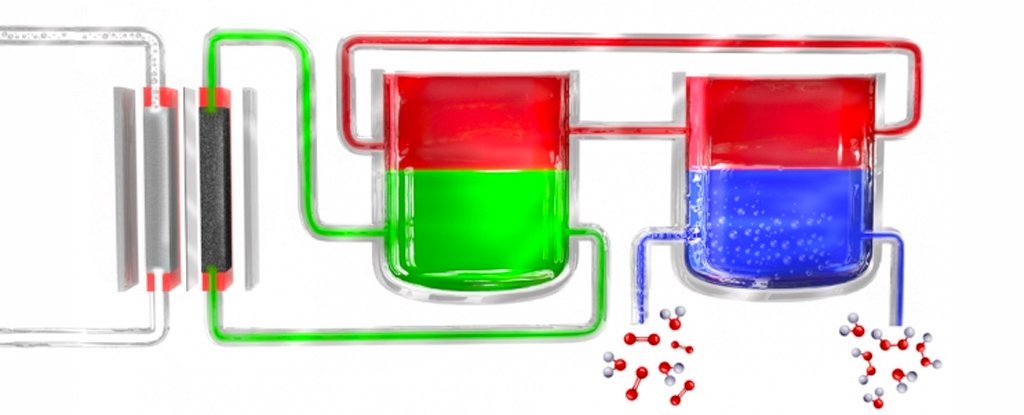
A simple process can turn water into an environmentally friendly disinfectant
Hydrogen peroxide, water's short-tempered sibling, has helped humans to fight infection since we discovered its antiseptic properties nearly two centuries ago. Unfortunately, it's pretty unstable, making it tricky to transport where needed.
Now, researchers have found a rather simple way to generate the chemical out of water, air, and electricity, and it could be just what remote communities need.
The process, developed by chemical engineers at MIT, could one day be used to create portable devices that use non-toxic catalysts to electrochemically transform a water supply into an environmentally friendly germ killer and for bleaching, degrading relatively quickly and safely in the environment..
The chemical formula of hydrogen peroxide is simple - it's just a water molecule with some additional oxygen, or H2O2. Making it isn't exactly a complicated process, either. When it was first isolated back in 1818, chemist Louis Jacques Thénard simply reacted Barium peroxide with Nitric acid.
To meet demand, most industrial-sized methods today rely on what's known as the Anthraquinone process, which reduces oxygen molecules using hydrogen taken from methane with a little help from a catalyst.
It makes plenty of hydrogen peroxide, but is also an energy-intensive process that relies on fossil fuel resources. Importantly, it doesn't scale down very easily.
To develop a better, more environmentally friendly method, the team went back to the Anthraquinone process to see what could be improved.
Instead of taking hydrogen from methane, water can be broken down into hydrogen and oxygen through electrolysis, using nothing more complicated than an electrical current being passed between a pair of electrodes.
The hydrogen can then be passed to the Anthraquinone catalyst as usual, which is transported through a system where it's mixed with a solvent and then introduced to an oxygenated solution to form hydrogen peroxide.
Theoretically, other materials could serve the same mediator role as Anthraquinone. The process of electrolysis coupled with the step-by-step transfer of the hydrogen-carrying catalyst is the key to making the process efficient without the need for any potentially hazardous elements.
It's kind of an amazing process because you take abundant things, water, air and electricity, that you can source locally, and you use it to make this important chemical that you can use to actually clean up the environment and for sanitation and water quality.
 English
English Arabic
Arabic


